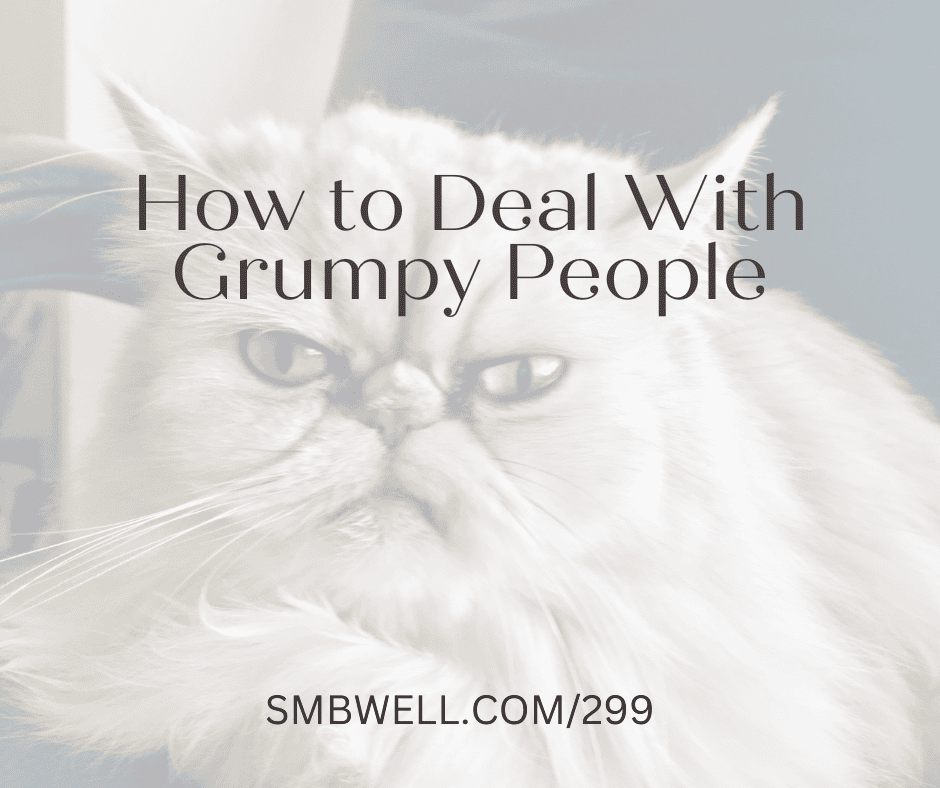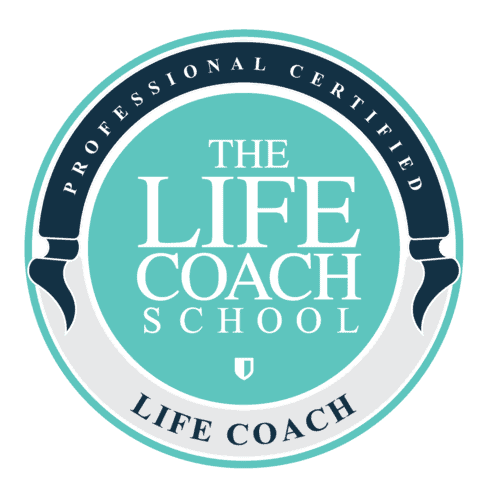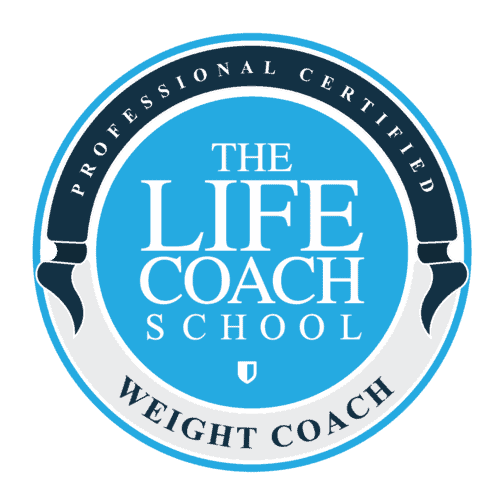Podcast: Play in new window | Download
Subscribe: Apple Podcasts | Spotify | Amazon Music | RSS | More
How To Deal With Grumpy People
Today’s episode is all about what to do when the people in your life are grumpy. Whether you have a moody teen, a depressed husband, or a negative mom, you need tools to not let their negativity bring you down.
I have been wanting to teach you about this effective parenting tool that fellow parenting teens expert Casey O’Roarty shared. It’s simple and has been working well for me with the grumpy people in my life.
Well the joke on me because I was the grumpy person today! I was the negative, gloomy, glass half-empty person. Big kudos to my husband Paul because he did a lot of what I’m about to tell in this podcast. It’s like he listened to it and I hadn’t even recorded it yet. Yay! And so let’s get into it!
Why do we need a Strategy for our Grumpy Teenager?
We need to learn strategies to deal with the grumpy people in our lives. We conditioned our way to respond the opposite of what we need to do when someone is grumpy.
If you’re reading this post, it’s because you’re an empathetic, kind person. Unfortunately, our knee-jerk way of behaving when someone around us is grumpy prolongs their pain.
We want to swoop in and fix it to help them feel better. We’re uncomfortable with them feeling upset. We may say things like “Well that’s one way to look at it” or “this will motivate you to turn your work in on time”.
Loving Detachment
This is the time to practice the skill of Loving Detachment, or popcorn parenting. My listeners and I know we’re coming from a good place. If the grumpy person is my kid, I want to help them develop a mindset of optimism. I’m a happiness coach for goodness sake. I know how much better life feels when we choose to see the bright side of things. And yet, I’m also an emotional intelligence expert. And I know that if we rush someone into seeing that brightness, we slow down their process. They fight against it.
We have good intentions. When we rush too fast to say those things, it can make them feel misunderstood.
Now that we know what not to do, let’s learn this parenting and relationship tool called FLOW. It is an acronym for Casey O’Roarty.
1. Find Your Breath
Slow everything that’s happening in your head and take a breath. When you first come into contact with this grumpy person, pause. Take a deep exhale and deep inhale.
2. Loosen Your Body
You can relax your jaw or drop your shoulders. Maybe move your head and look side to side. I find a lot of relief in doing a sort of full body shake, like I’m a dog shaking off water.
3. Open Your Heart
Starting with yourself, open your heart to the experience you’re having. I might say something like, “wow, it’s hard to be around him or her when she’s that grumpy.” When I’m opening my heart with myself, I like to think of what would a super caring friend might say to me, like “wow, I’ll bet that was tough. What are you feeling?”
This is all about remembering that we are a human having human feelings too. What are you feeling after interacting with that grump? Maybe your chest has gotten tighter. How would you label what you’re feeling? Anxious? Disappointed? Irritated? Open your heart to yourself in order to let yourself feel what you’re feeling before or instead of, focusing on what they’re feeling.
4. Witness
From our calm bodies and open hearts, it is time for us to witness the other humans in our lives having a difficult time. Remember, if someone is acting bad, they’re feeling it. There is no perfect, regulated human out there. Myself included. Part of the joy of being in deep, connected relationships, is that we share our experiences with these people. It is not always pretty! Humans are given experiences that push them to learn about themselves. When we have a grump around us, we are witnessing them being pushed to their next level. I like to think they’re having the exact experience they’re meant to be having right now. Am I calm enough to support them? If so, carry on. If not, back to the FLOW of this pattern to care for myself.
Remember what the flight attendants say? We must put our oxygen masks on first. That holds true here too.
Permission to not be Codependent
Finally, if you’re in interaction with another adult, here’s a gentle reminder that you don’t have to help them at all. This goes for your mom, your friend, and even your spouse. They are adults. Sure, it’s nice when we can be a regulated witness of their experience. Yet, so many of us skip the part where we check in with ourselves to see if we have the capacity to support other humans. We are conditioned to rush in to help with their feelings instead of paying attention to our feelings. Many of us have been programmed to disregard our own needs and prioritize others. That’s a building block of a codependent relationship. One where we are doing more feeling of their emotions than they are. We don’t want to set up that over-functioning, under-functioning situation. Practice the FLOW tool this week and you’ll be on your way.
Join me in the Love Your Life School or schedule a one-on-one session so I can support you with this specific issue. You are not meant to do this alone.
Resources:
Find support here:
⭐️Find the NEW LIFE AUDIT HERE
⭐️See if the Love Your Life School is open for enrollment here
⭐️Did you love this episode? Make sure you’ve listened to all the foundational episodes of the Love Your Life Show. Get the free Podcast Roadmap here
⭐️Do you get my weekly Wednesday email? I share a whole bunch of fun things, things that are happening in my life, products I’m using, books warriors are reading, etc! Come join the fun here!
⭐️Are we friends on Instagram? Let’s catch up!
⭐️I’ve been sharing videos of my life in Australia on Facebook – I’d love to be friends with you there too!
⭐️Grab some of my favorite books and products here
⭐️For the price of a coffee, Support Susie and the Love Your Life Show
⭐️Have a child between the ages of 9-25? Learn the basics to support your changing child here





